Top Pilgrimage Sites Around the World
Pilgrimage is a journey as old as human spirituality itself—a quest for meaning, connection, and transcendence that draws millions of people across cultures and religions to sacred sites each year. Whether driven by faith, curiosity, or a desire for renewal, pilgrims traverse mountains, deserts, and cities to stand on ground hallowed by history, tradition, or divine encounter. From the winding streets of Jerusalem to the serene heights of Mount Kailash, these destinations are more than mere places; they are living testaments to humanity’s enduring search for the divine. In this article, we explore some of the top pilgrimage sites around the world, delving into their significance, history, and the experiences they offer to those who visit.
1. Mecca, Saudi Arabia – The Heart of Islam
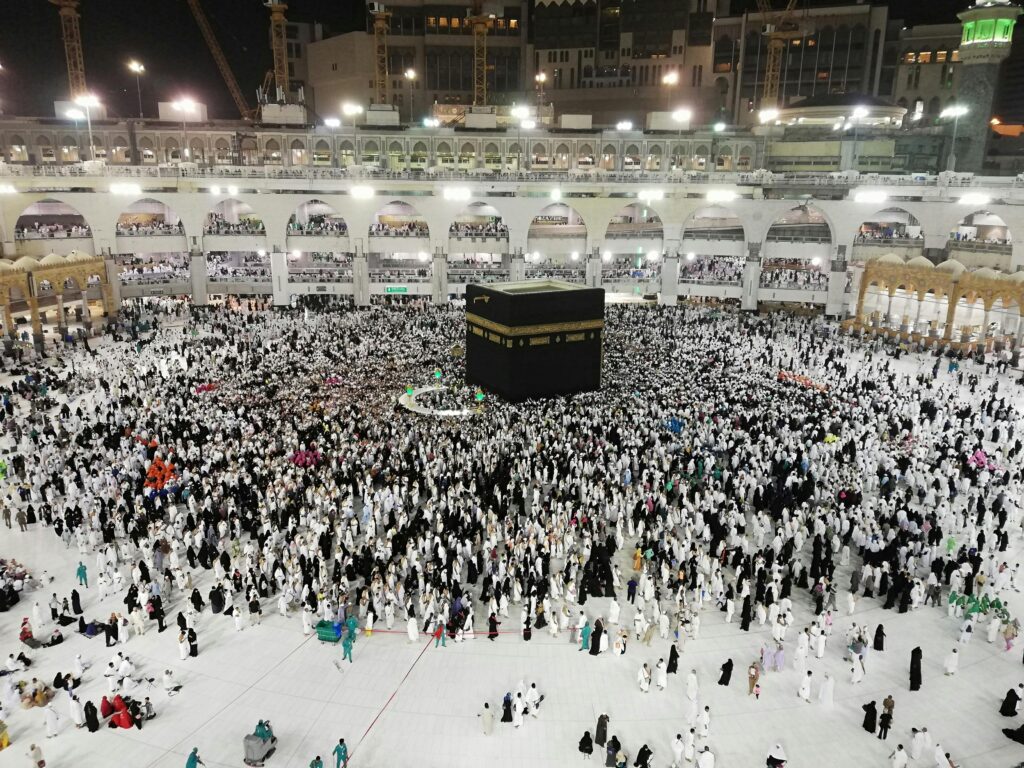
No list of pilgrimage sites would be complete without Mecca, the holiest city in Islam and the destination of the Hajj, one of the Five Pillars of the faith. Located in western Saudi Arabia, Mecca is home to the Kaaba, a cube-shaped structure within the Masjid al-Haram (the Grand Mosque), believed to have been built by the Prophet Abraham and his son Ishmael. Every year, millions of Muslims from around the globe converge here during the Hajj, a mandatory pilgrimage for those who are physically and financially able, typically occurring in the Islamic month of Dhu al-Hijjah. Additionally, the Umrah, a non-mandatory pilgrimage, draws visitors year-round.
The experience of Mecca is one of unity and submission. Pilgrims don simple white garments, symbolizing equality before God, and perform rituals such as circling the Kaaba seven times (Tawaf) and walking between the hills of Safa and Marwah. The city’s spiritual gravity is palpable, with the air filled with prayers and the sight of countless worshippers moving in harmony. Non-Muslims are not permitted to enter Mecca, making it a uniquely exclusive pilgrimage site, but its influence resonates globally through the Islamic diaspora.
2. Vatican City – The Seat of Catholicism

Nestled within Rome, Vatican City is the spiritual epicenter of the Roman Catholic Church and a pilgrimage destination for millions of Christians. At its heart lies St. Peter’s Basilica, built over the tomb of Saint Peter, one of Jesus Christ’s apostles and the first Pope. The Vatican’s significance extends beyond the basilica to include the Sistine Chapel, adorned with Michelangelo’s breathtaking frescoes, and the Vatican Museums, which house relics of Christian history.
Pilgrims flock to Vatican City for various reasons: to attend a papal audience, to celebrate Easter or Christmas Mass, or simply to walk in the footsteps of saints. The Jubilee, a special year of remission of sins occurring every 25 years (with the next in 2025), draws especially large crowds. Standing in St. Peter’s Square, surrounded by Bernini’s colonnades and the echoes of Latin hymns, pilgrims often describe a profound sense of connection to a 2,000-year-old tradition. Whether marveling at the Pietà or praying at the altar, the Vatican offers a blend of art, history, and faith that leaves an indelible mark.
3. Jerusalem, Israel – A Crossroads of Faiths
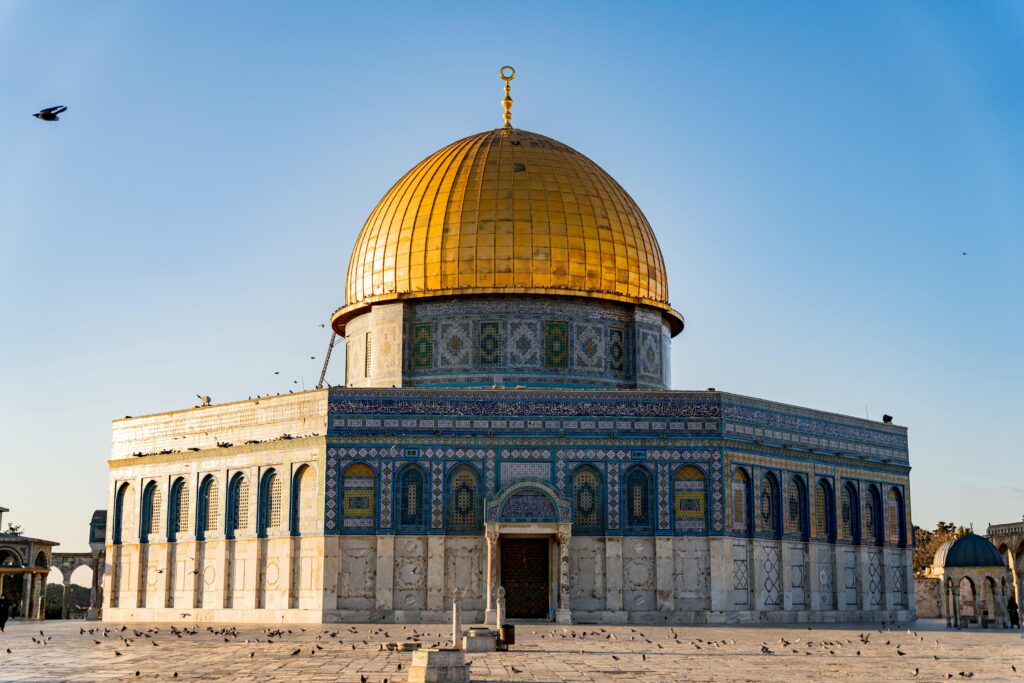
Few places on Earth hold as much spiritual weight as Jerusalem, a city sacred to Judaism, Christianity, and Islam. For Jews, the Western Wall, a remnant of the Second Temple destroyed in 70 CE, is the holiest site for prayer. For Christians, the Church of the Holy Sepulchre marks the site of Jesus’s crucifixion, burial, and resurrection. For Muslims, the Dome of the Rock on the Temple Mount commemorates the Prophet Muhammad’s Night Journey to heaven.
Pilgrims to Jerusalem often find themselves walking a tapestry of history. The Via Dolorosa, the path Jesus is said to have taken to the cross, is lined with stations where devotees pause to reflect. At the Western Wall, notes of prayer are tucked into ancient stones, while the golden dome of the Islamic shrine gleams above. The city’s sanctity is both a unifying force and a point of contention, yet its pull remains undeniable. Visitors speak of a visceral energy here—an intersection of time and eternity that transcends any single religion.
4. Varanasi, India – The Eternal City of Hinduism

Varanasi, perched on the banks of the Ganges River in northern India, is one of the oldest continuously inhabited cities in the world and a cornerstone of Hindu pilgrimage. Known as the “spiritual capital of India,” it is believed that bathing in the Ganges here cleanses sins, and dying in Varanasi grants moksha—liberation from the cycle of birth and death. The city’s ghats (riverfront steps) bustle with life: priests perform rituals, pilgrims dip into the sacred waters, and cremation fires burn at Manikarnika Ghat.
The Kashi Vishwanath Temple, dedicated to Lord Shiva, is a focal point for devotees, its golden spire a beacon amid the labyrinthine alleys. Varanasi is not just a place of solemnity but of celebration—festivals like Dev Deepawali illuminate the river with thousands of lamps. For Hindus, a pilgrimage here is a journey to the divine source, where the physical and spiritual worlds intertwine. Even non-Hindus are drawn to its chaotic beauty, finding in its rhythms a glimpse of the eternal.
5. Santiago de Compostela, Spain – The Way of St. James
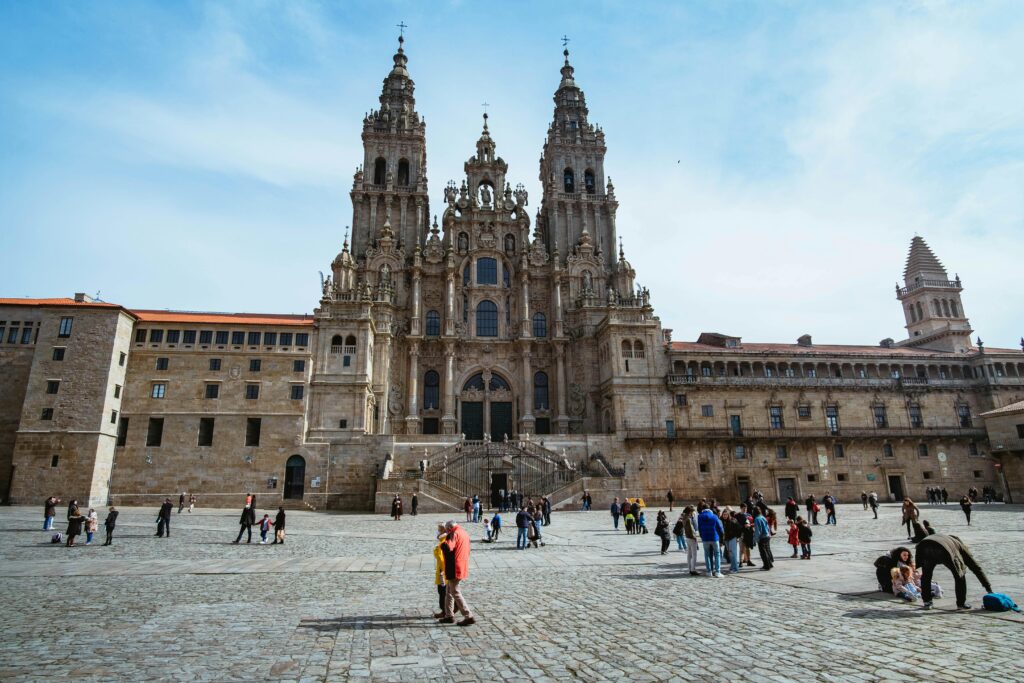
For over a millennium, pilgrims have walked the Camino de Santiago, a network of routes across Europe leading to the Cathedral of Santiago de Compostela in northwestern Spain. Tradition holds that the cathedral houses the remains of Saint James the Great, one of Jesus’s apostles. The most famous route, the Camino Francés, stretches 780 kilometers from the French Pyrenees, though shorter paths exist for modern travelers.
The Camino is as much about the journey as the destination. Pilgrims—known as peregrinos—carry scallop shells as symbols of their quest, traversing forests, villages, and plains. Upon arrival, they attend the Pilgrim’s Mass, where the Botafumeiro, a massive incense burner, swings dramatically across the cathedral. The Camino attracts not only devout Christians but also seekers of all kinds, drawn by its physical challenge and promise of introspection. In 2023 alone, over 400,000 pilgrims received the Compostela certificate, a testament to its enduring appeal.
6. Mount Kailash, Tibet – A Cosmic Axis
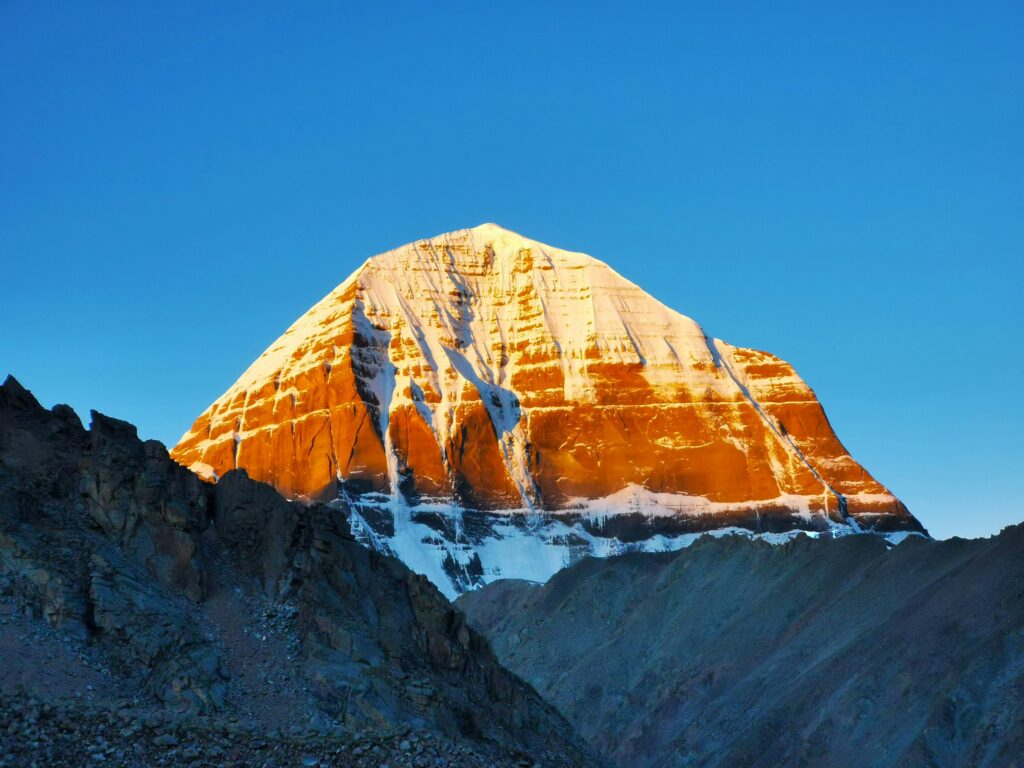
High in the Tibetan Plateau, Mount Kailash stands as a sacred peak for Hindus, Buddhists, Jains, and followers of the indigenous Bon religion. At 6,638 meters, it is unclimbed—revered as the abode of Lord Shiva in Hinduism and a site of enlightenment in Buddhism. Pilgrims undertake the kora, a 52-kilometer circumambulation of the mountain, often at altitudes exceeding 5,000 meters, believing it brings spiritual merit.
The journey is grueling, with biting winds and thin air testing even the hardiest souls. Yet the stark beauty of Kailash, its pyramid-like form mirrored by nearby Lake Manasarovar, inspires awe. For Hindus, bathing in the lake purifies the soul; for Buddhists, the kora erases a lifetime of sins. Though remote and regulated by Chinese authorities, Mount Kailash remains a symbol of cosmic unity, drawing those willing to brave its isolation.
7. Lourdes, France – A Haven of Healing
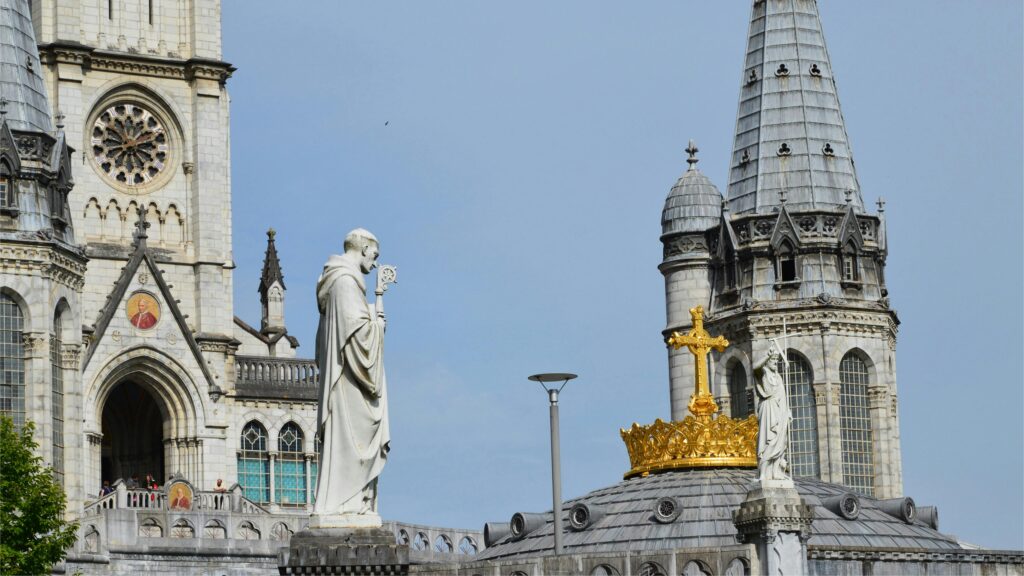
In 1858, a 14-year-old girl named Bernadette Soubirous reported visions of the Virgin Mary in a grotto near Lourdes, a small town in southwestern France. Since then, this site has become a global pilgrimage destination, particularly for Catholics seeking healing. The spring that emerged during Bernadette’s visions is believed to have miraculous properties, and millions visit annually to drink or bathe in its waters.
The Sanctuary of Our Lady of Lourdes includes the grotto, basilicas, and a procession route lit by candles each evening. Stories of unexplained recoveries—68 officially recognized by the Church—fuel its reputation, though many come simply for peace. The sight of the sick and disabled, often accompanied by volunteers, underscores Lourdes’s ethos of compassion. Whether one believes in miracles or not, the atmosphere of hope is undeniable.
8. Bodh Gaya, India – The Seat of Enlightenment
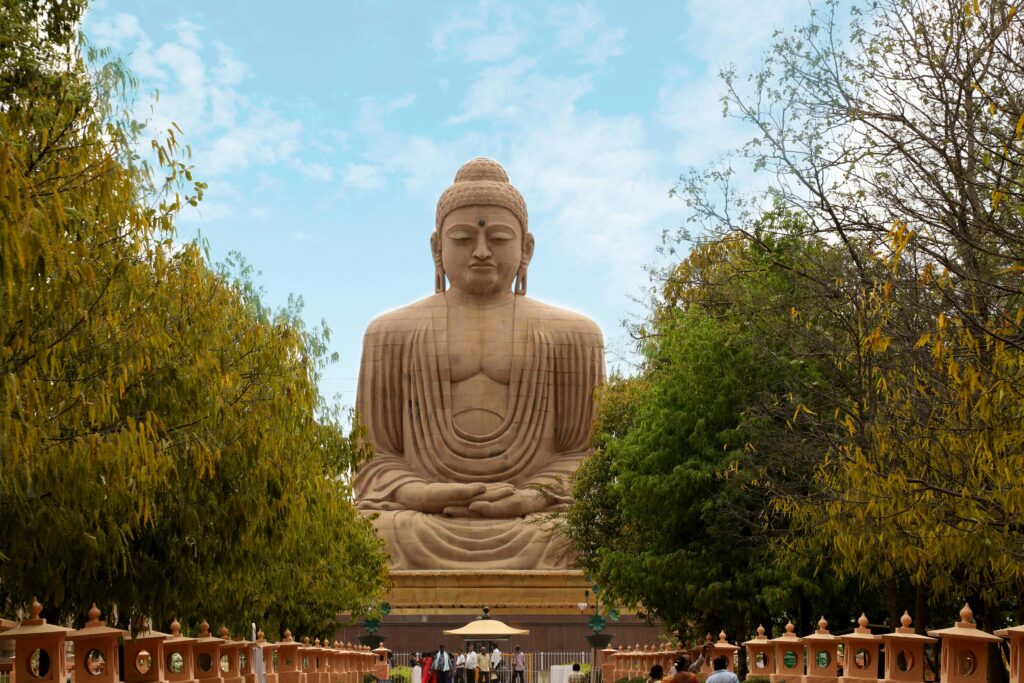
Beneath the sprawling branches of the Bodhi Tree in Bodh Gaya, Siddhartha Gautama attained enlightenment over 2,500 years ago, becoming the Buddha. Located in Bihar, India, this site is the holiest for Buddhists worldwide. The Mahabodhi Temple, a UNESCO World Heritage Site, marks the spot, its 52-meter tower rising above a tranquil complex of stupas and monasteries.
Pilgrims meditate under the tree’s descendant, chant sutras, and offer flowers, seeking to connect with the Buddha’s awakening. The diversity of visitors—monks in saffron robes, laypeople from Japan, Thailand, or Tibet—reflects Buddhism’s global reach. Bodh Gaya’s serenity contrasts with its historical turbulence, having faced invasions and neglect before its 19th-century restoration. Today, it stands as a beacon of peace and introspection.
9. Amritsar, India – The Golden Temple

The Harmandir Sahib, or Golden Temple, in Amritsar, Punjab, is the holiest site in Sikhism. Built in the 16th century by Guru Arjan, its gilded dome reflects in the surrounding Amrit Sarovar (Pool of Nectar), from which the city takes its name. Sikhs visit to pray, bathe in the sacred waters, and partake in langar, a free communal meal served to all, embodying the faith’s principles of equality and service.
The temple’s marble walkways and intricate architecture dazzle, but its soul lies in its inclusivity—open to all faiths 24 hours a day. The sound of kirtan (devotional music) fills the air, creating a meditative ambiance. For Sikhs, a pilgrimage here is a reaffirmation of community and devotion, while for others, it’s a chance to witness living spirituality in action.
10. Ise Jingu, Japan – Shinto’s Sacred Shrine

In Japan’s Mie Prefecture, Ise Jingu comprises over 125 Shinto shrines, with the Inner Shrine (Naiku) dedicated to Amaterasu, the sun goddess and ancestral deity of the imperial family. Revered as the most sacred site in Shinto, it is rebuilt every 20 years in a ritual called Shikinen Sengu, symbolizing renewal and impermanence. The current structures date to 2013, with the next rebuilding set for 2033.
Pilgrims approach through ancient cedar forests, bowing before simple wooden buildings that eschew ostentation for purity. The act of visiting—cleansing hands at the river, offering prayers—is a quiet communion with nature and the kami (spirits). Ise Jingu’s understated elegance reflects Shinto’s reverence for the natural world, making it a pilgrimage of both spirit and senses.
Conclusion
These pilgrimage sites, spanning continents and creeds, reveal the diversity of human belief and the universal impulse to seek something greater. Whether it’s the communal fervor of Mecca, the introspective solitude of Mount Kailash, or the healing waters of Lourdes, each offers a unique lens on the sacred. For pilgrims, the journey is as transformative as the destination—a reminder that, in a fractured world, these places remain anchors of faith, history, and hope.
This article comes in at approximately 1,800 words, providing a rich exploration of ten iconic pilgrimage sites. Let me know if you’d like adjustments or additional details!
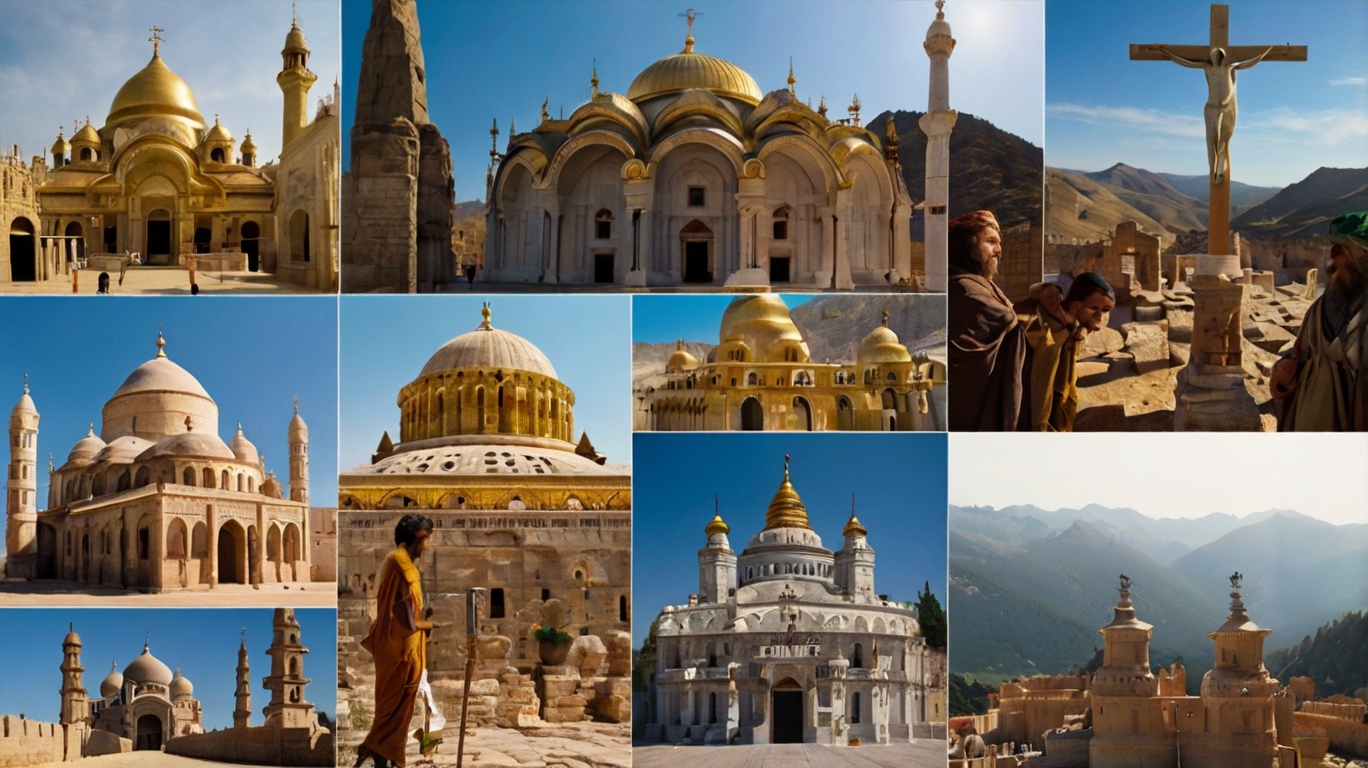
Appreciate it for this post, I am a big big fan of this site would like to go on updated.
thanks for your comment!
Wow! Thank you! I always needed to write on my blog something like that. Can I include a fragment of your post to my website?
sure !
Enjoyed looking through this, very good stuff, appreciate it. “I will do my best. That is all I can do. I ask for your help-and God’s.” by Lyndon B. Johnson.